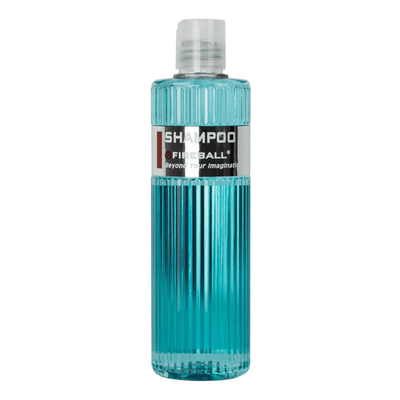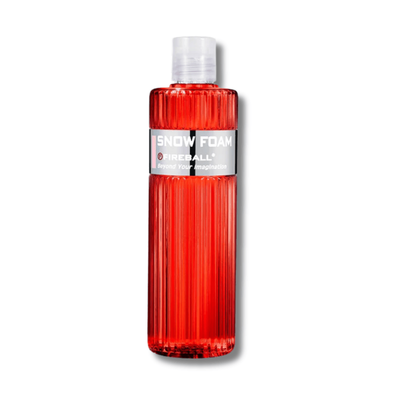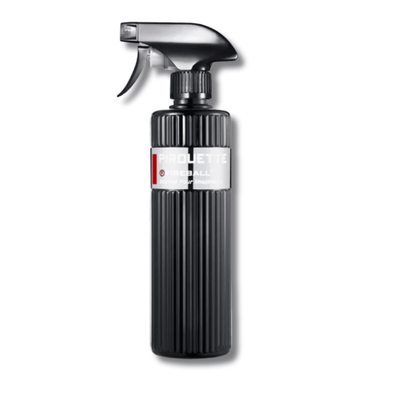Vehicle Maintenance
Best techniques to ensure best paint potection after your vehicle has been professionally detailed

Step 1 - Pre-Rinsing
Before you start washing your car, it’s important to pre-rinse the entire surface. This step helps loosen dirt, dust, and road grime, reducing the chances of scratching your paint. A strong stream of water, preferably from a pressure washer or hose, will remove large particles like mud, leaves, and grit.
Why is this important?
Minimises scratches: Washing a dry, dirty car can drag debris across the surface, causing swirl marks and fine scratches.
Removes tough contaminants: Bugs, tar, and road grime soften when rinsed, making them easier to wash off later.
Prepares for a deeper clean: By removing the top layer of dirt, your soap and wash mitt can work more effectively.
For best results, start from the top of the car and work downwards, allowing dirt to flow off the vehicle naturally.
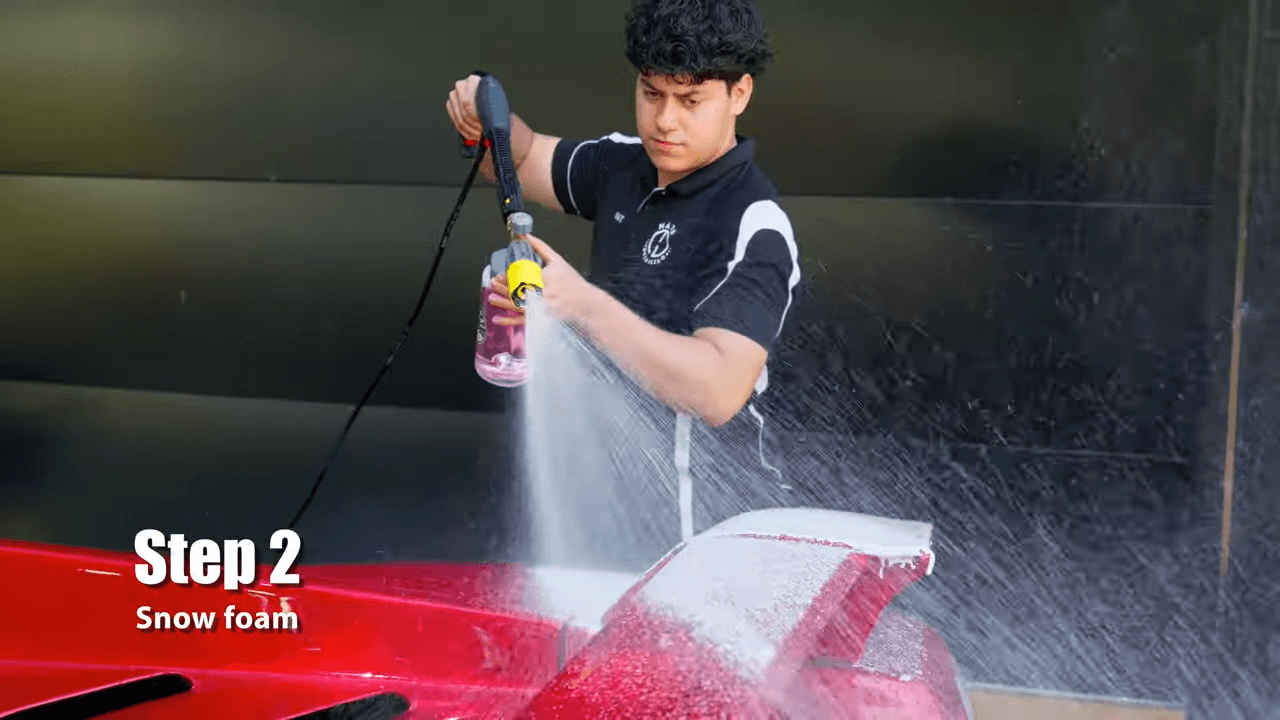
Step 2 - Snow Foam Application
Applying snow foam is the next step in safely cleaning your car. Snow foam is a thick, clinging foam that breaks down dirt, grease, and contaminants before you even touch the car.
How does it help?
Lifts dirt safely: The foam softens and loosens stuck-on grime, making it easier to remove without scrubbing.
Reduces scratches: By pre-treating the surface, you reduce the need for aggressive washing.
Improves cleaning efficiency: It breaks down grease, oils, and bug splatter, so they rinse off more easily.
To apply snow foam, use a foam cannon or sprayer and cover the entire car in an even layer. Let it sit for 2–5 minutes (but don’t let it dry), then rinse it off with clean water.

Step 3 - Contact Washing
Once the pre-rinse and snow foam have removed most of the loose dirt, it’s time for contact washing—this is where you physically wash the car. To do this safely, follow the two-bucket method:
Bucket 1: Filled with clean, soapy water for washing.
Bucket 2: Filled with clean water for rinsing the wash mitt.
How to wash your car properly:
Use a soft microfiber wash mitt instead of a sponge, as it traps dirt instead of dragging it across the paint.
Work from top to bottom, starting with the cleanest areas first and leaving the dirtiest areas (like the lower panels and wheels) for last.
Rinse the mitt frequently in the clean water bucket before dipping it back into the soapy water.
This technique reduces the risk of scratches and ensures a thorough, swirl-free clean.
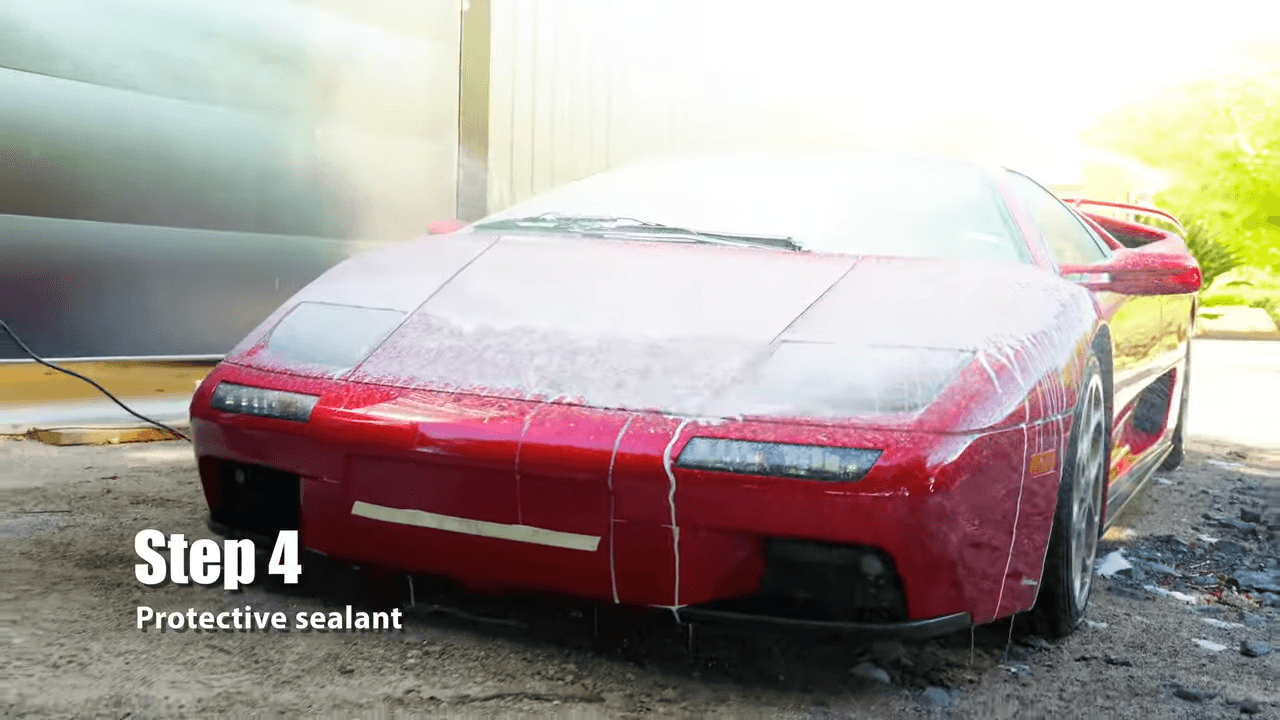
Step 4 - Applying a Protective Sealant
To keep your car looking its best, applying a protective sealant is essential. This step creates a barrier against UV rays, dirt, bird droppings, and road contaminants, making future washes easier and enhancing your car’s shine.
Why use a sealant?
Protects paint from fading and oxidation caused by sun exposure.
Repels water and dirt, reducing water spots and grime buildup.
Extends the life of your paint while maintaining a glossy finish.
How to apply:
Use a high-quality sealant or ceramic coating for long-lasting protection.
Apply it with a microfiber applicator pad in thin, even layers.
Buff off any excess product with a clean microfiber towel once it has cured.
For best results, reapply the sealant every few months to maintain protection and shine.
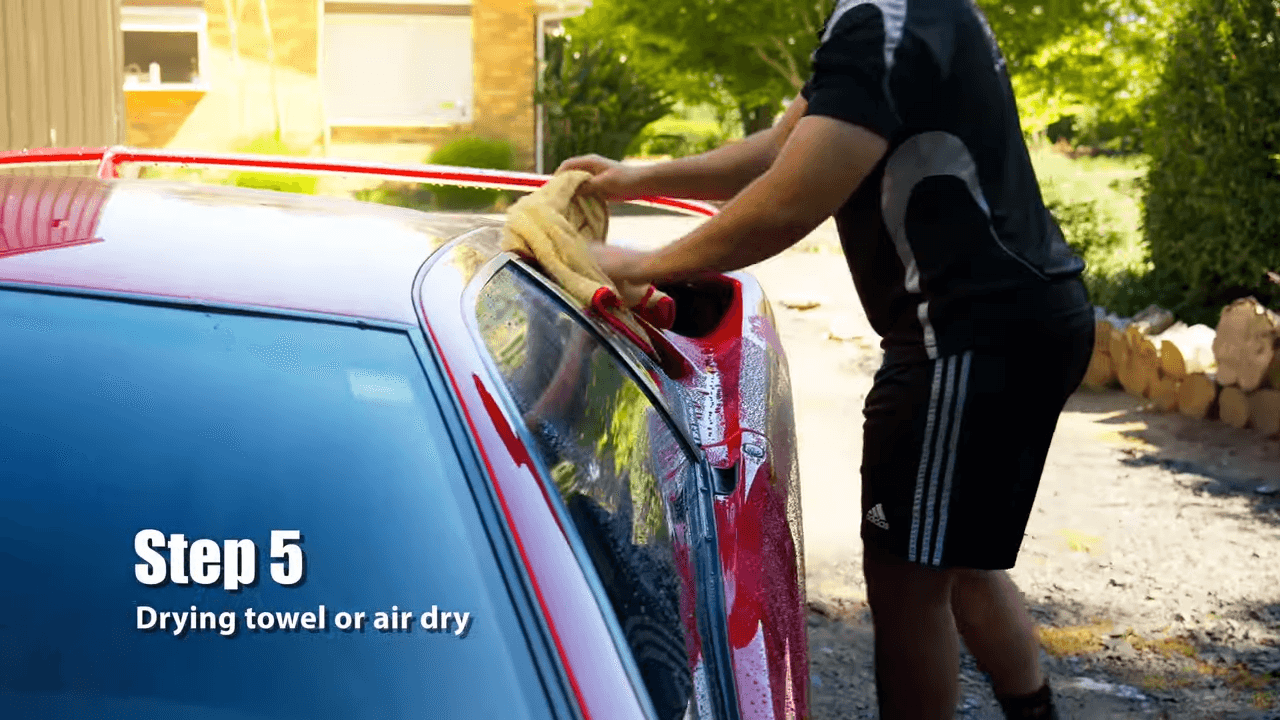
Step 5 - Drying the Vehicle
Once the car is washed, it needs to be dried properly to prevent water spots and streaks. Water left to air-dry can leave behind mineral deposits that dull the paint and, over time, can cause damage.
Best drying methods:
Microfiber drying towels: These absorb water efficiently without scratching the surface.
Blower or air dryer: A touchless drying method that blows water off the car, especially useful for drying water trapped in cracks and crevices.
Dry in straight-line motions rather than circles to avoid any swirl marks. Also, focus on drying areas where water collects, such as door handles, mirrors, and trim, to prevent drips.
Coating Maintenance
These steps are heavily recommended to uphold the integrity of the coatings.
Using other practices and products outside of the manufacturer/installers recommendations may void your coatings warranty.
Recommended Washing Products
Following these vehicle washing maintenance steps ensures your car stays clean, scratch-free, and protected for the long term.
For best results, Mats Detailing, Hamilton recommends using these products.
OUR SERVICES
Why Choose Mats Detailing?
Because excellence is our standard, not our goal. We believe our point of difference is our passion and dedication in going the extra mile, and ensuring every detail is addressed with the utmost precision.
The satisfaction our clients express upon seeing their transformed vehicle is what drives us and fuels our commitment to consistently deliver outstanding results.
Hamilton’s Premium Paint Correction, Protection & Detailing Services
Vehicles | Marine | RVs | Motorbikes
SERVICING
CONTACT US
HOURS
Mon - Fri, 9AM - 5PM
ADDRESS
2/142 Riverlea Road, Riverlea, Hamilton 3216
